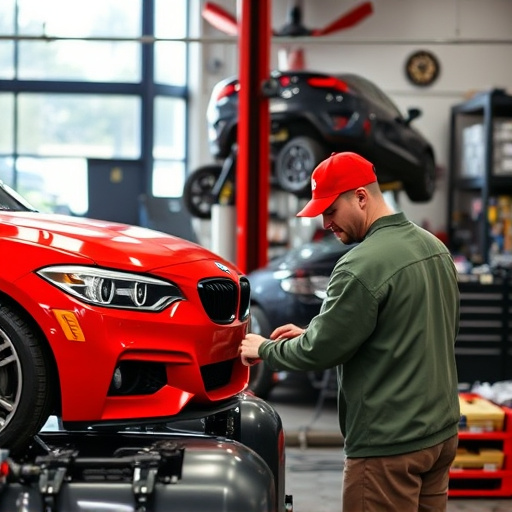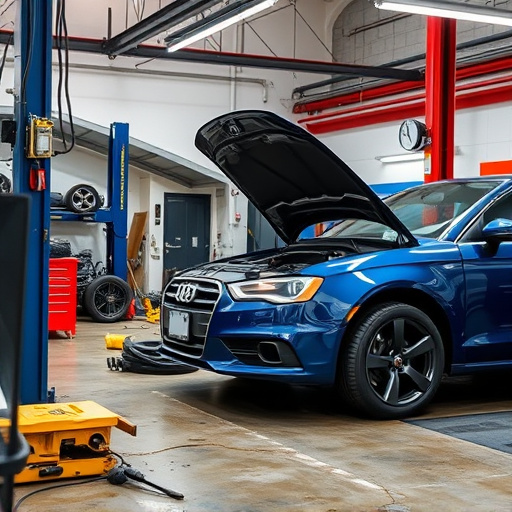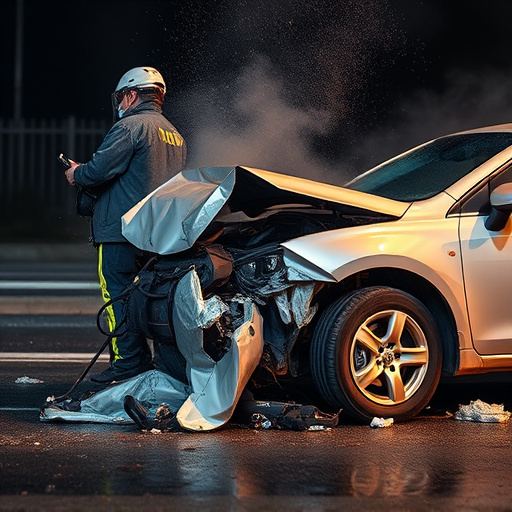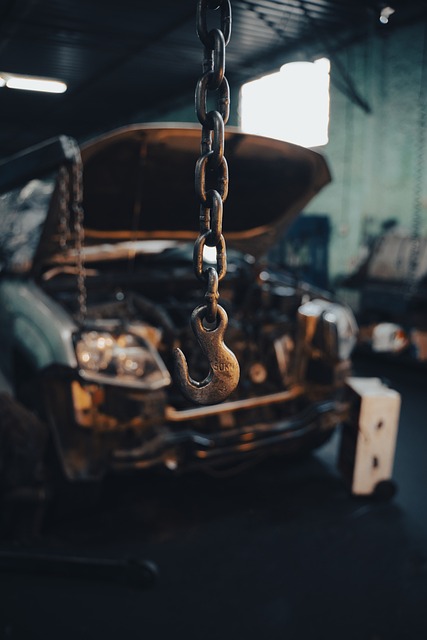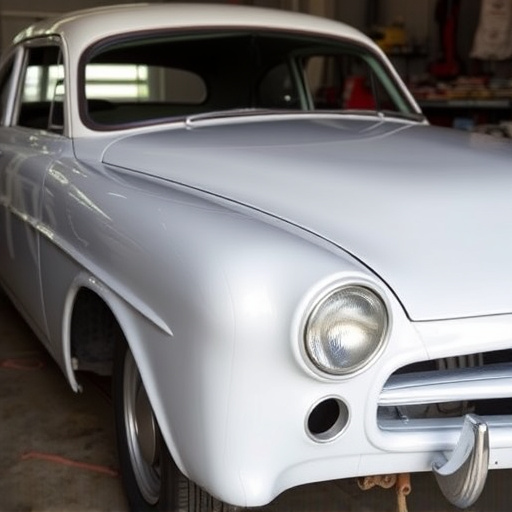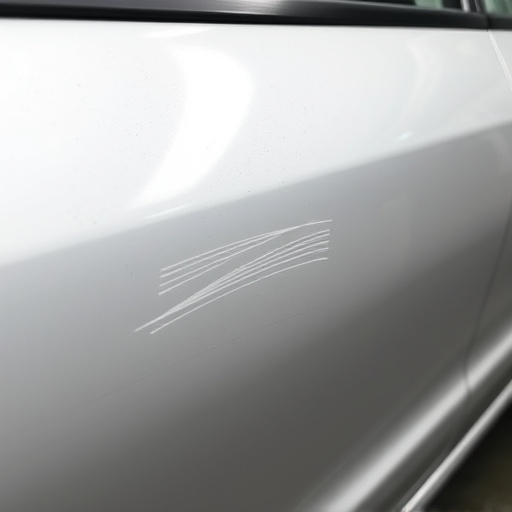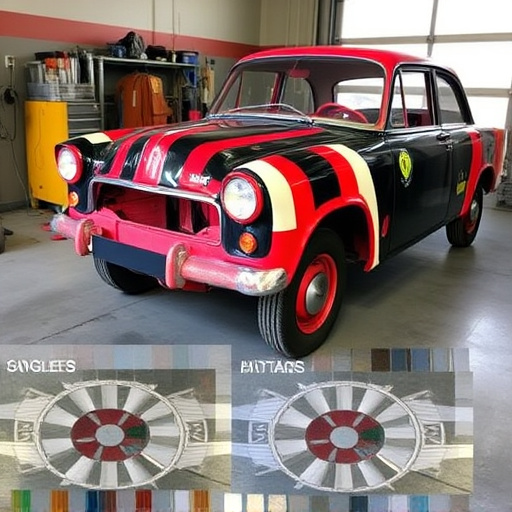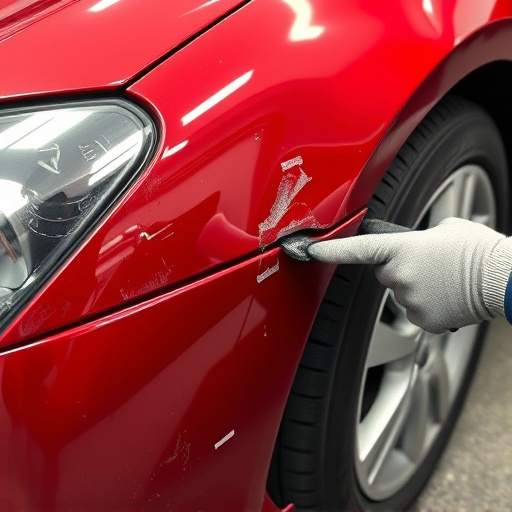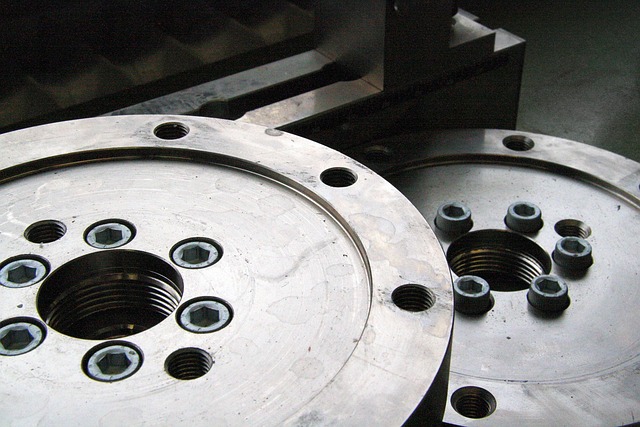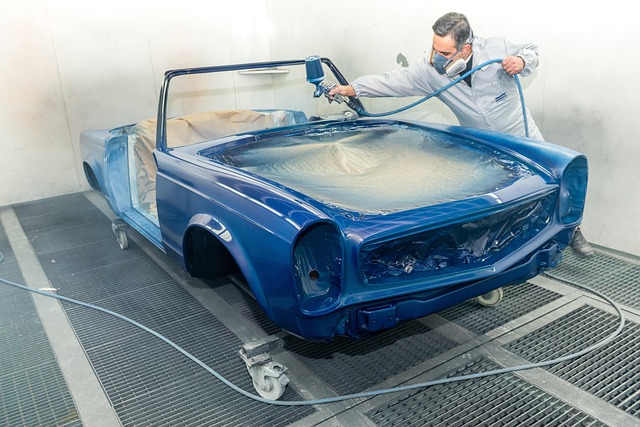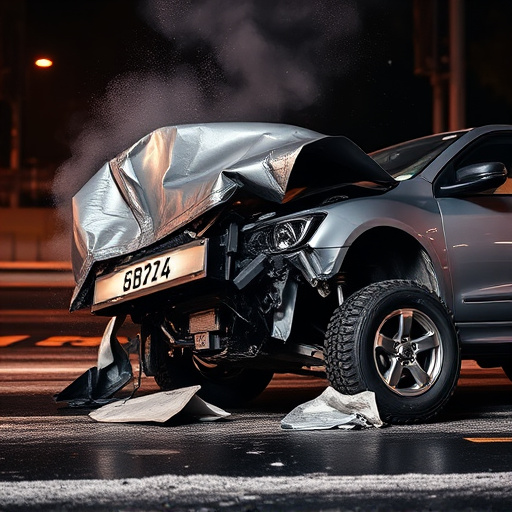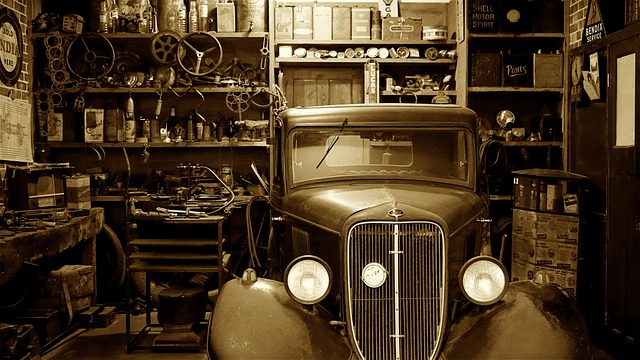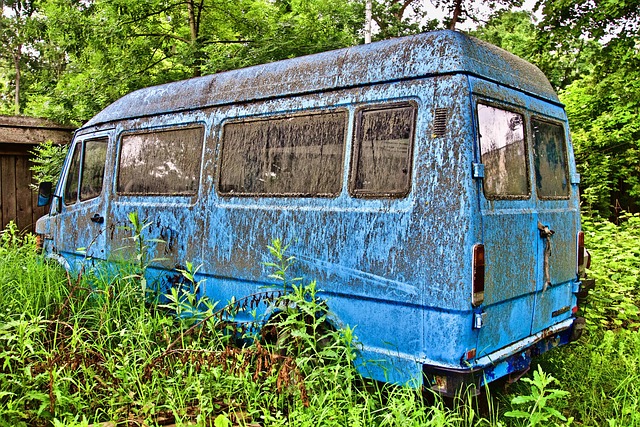Mercedes leather restoration addresses aging and damage caused by sunlight, heat, humidity, and fluctuations in a vehicle's environment. Proper care, including regular cleaning, conditioning, and protection, is vital for maintaining leather quality. Severe cases may require professional Mercedes leather restoration techniques to restore the interior's original appearance and prevent cracking and fading.
Mercedes leather, renowned for its luxury and durability, can still crack or fade over time. This article delves into the multifaceted factors contributing to this aging, from environmental conditions to material properties. We explore common causes behind leather cracking and fading, offering insights into how to identify and address these issues early. Additionally, we provide practical tips on restoring and maintaining the superior quality of Mercedes leather, emphasizing the importance of proper care for longevity.
- Understanding Mercedes Leather Aging Factors
- Common Causes of Leather Cracking and Fading
- Restoring and Maintaining Mercedes Leather Quality
Understanding Mercedes Leather Aging Factors
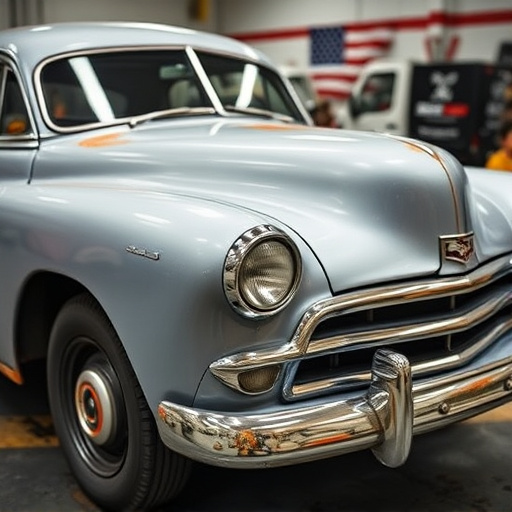
Many factors contribute to the aging of Mercedes leather over time. Exposure to direct sunlight can cause the material to fade and lose its luster, with UV rays accelerating the breaking down of the dyes. Heat and humidity are also significant contributors; extreme temperatures can dry out the leather, leading to cracks and splits. Moreover, regular use, especially in environments with varying moisture levels, can accelerate the aging process, making Mercedes leather restoration more necessary over the years.
Car collision repair and bodywork services often highlight the importance of proper care and maintenance for leather interiors. While body shop services can effectively address visible damage from accidents or wear and tear, preventing initial cracks and fade is a proactive approach to preserving the car’s interior. Regular cleaning, conditioning, and protection with specialized products designed for Mercedes leather can significantly extend its lifespan, ensuring that the vehicle retains its luxury appeal over time.
Common Causes of Leather Cracking and Fading
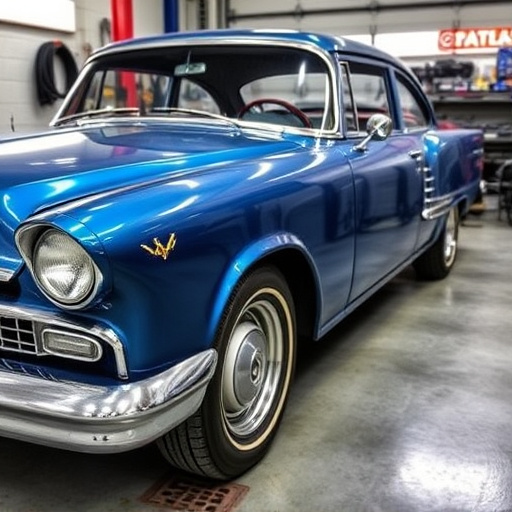
Leather in Mercedes-Benz vehicles is renowned for its superior quality and longevity, but even the finest materials are susceptible to cracking and fading over time. Several factors contribute to this deterioration, requiring owners to consider professional Mercedes leather restoration as a solution. Among the common causes of leather cracking and fading are exposure to direct sunlight, which can cause the material to dry out and crack, especially in areas like door panels and dashboards; excessive heat from seats or air conditioning units; and age, as leather naturally weakens and becomes less flexible with time.
Additionally, environmental factors play a significant role. Extreme temperature fluctuations, humidity, and exposure to common automotive pollutants can accelerate the aging process. Even minor accidents, such as those handled by a collision repair center, might result in hidden damage that leads to subsequent leather issues. For instance, a fender bender could cause stress points or cracks that go unnoticed but still impact the leather’s integrity over time. Regular care, including the use of UV protective coatings and avoiding prolonged exposure to heat sources, can mitigate these effects, but for severe cases, professional restoration is often the best course of action to revive the leather’s original condition.
Restoring and Maintaining Mercedes Leather Quality
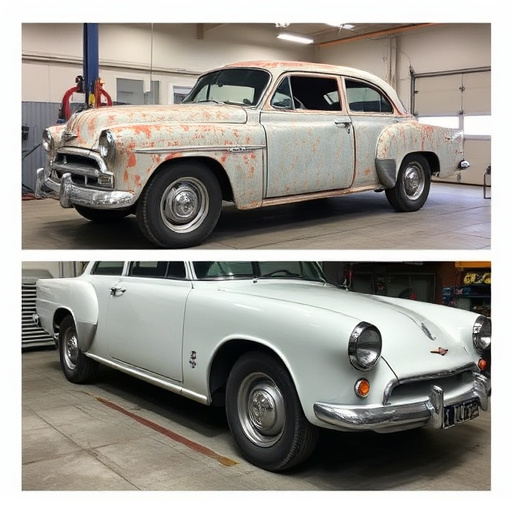
Maintaining the luxurious leather interior of a Mercedes over time can be a challenging task for vehicle owners. Cracking and fading are common issues that can diminish the elegance and comfort of the once pristine seats and dashboards. However, with proper care and restoration techniques, these problems can be mitigated.
Restoring and maintaining Mercedes leather involves several steps. Regular cleaning with mild, pH-neutral cleaners is essential to prevent residue build-up. Conditioners can help keep the leather supple, preventing dryness and cracking. For more severe cases, professional auto body repairs or paintless dent repair services can offer leather restoration treatments that reconstruct the damaged areas while maintaining the original look and feel of the Mercedes interior.
Mercedes leather, renowned for its quality and durability, can still face issues over time due to various environmental and usage factors. Understanding these causes, as discussed in this article—from aging influences to common problems like cracking and fading—is the first step towards effective maintenance. By adopting suitable restoration techniques and regular upkeep, owners can preserve the superior craftsmanship of their Mercedes leather, ensuring it retains its allure for years to come, through professional Mercedes leather restoration methods.
